While many country names carry a sense of mystery or historical ambiguity about the origin of their names, others can be easily traced back. Like people, countries around the world have names with meanings rooted in diverse origins. This article will uncover some countries named after colors around the world.
Countries and Their Names: Some Context
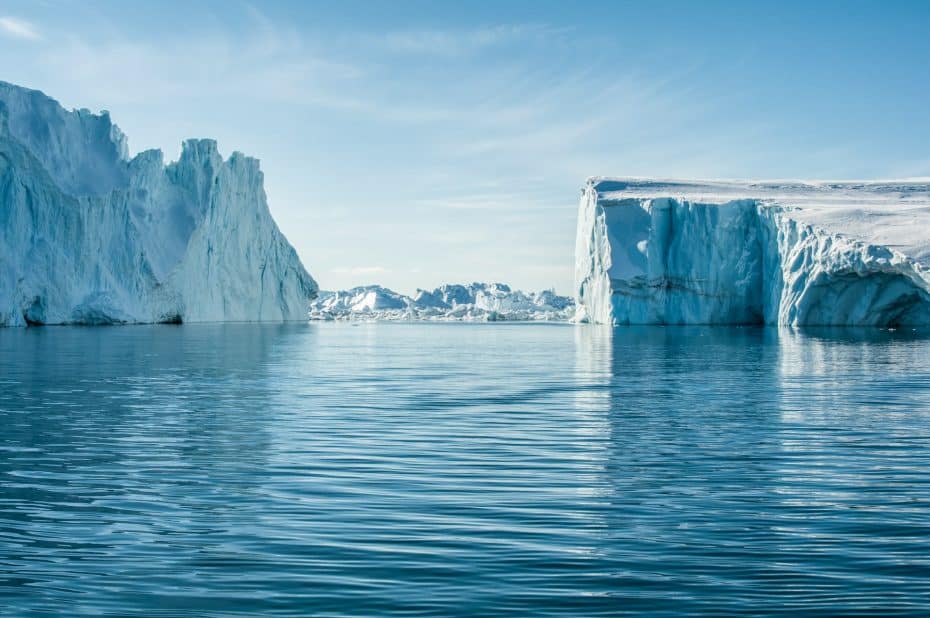
Some countries are named after groups of people, such as Hungary or Mongolia, reflecting the dominant ethnic group residing there. Others derive their names from notable natural features; for instance, Iceland gets its name from its icy landscape.
There are also countries named after influential individuals: Think of the United States of America (derived from Amerigo Vespucci) or Colombia (in honor of Christopher Columbus). In addition, some countries got their names based on their directional location relative to other places—Austria means “eastern (not southern) realm,” while similar-ish Australia means “southern land.” Interestingly, some countries borrow names from other places; New Zealand is named after the Dutch province of Zeeland, and Venezuela was dubbed “Little Venice” by explorers.
And while historical records do not always explain how certain names came about, this adds a layer of intrigue to the study of toponymics—the study of place names. Over centuries, regions rebranded as they were discovered and settled by different peoples, each bringing their own linguistic influences.
But there is a special category: countries named after colors. While some examples came about during colonial times and are anything but politically correct to our modern-day standards, they offer a fascinating glimpse into the ever-changing cultural narratives tied to their histories. Join us on this rainbow-inspired adventure through the etymology of 14 countries named after colors.
14 Countries Named After Colors
1. Albania (White)
Albania’s name derives from the Latin “Albus,” meaning white. Ancient geographers and historians referred to this region as Albania, possibly due to the snow-capped mountains in the area. Interestingly, the local name for the country is “Shqipëri,” which translates roughly to “Land of the Eagles.”
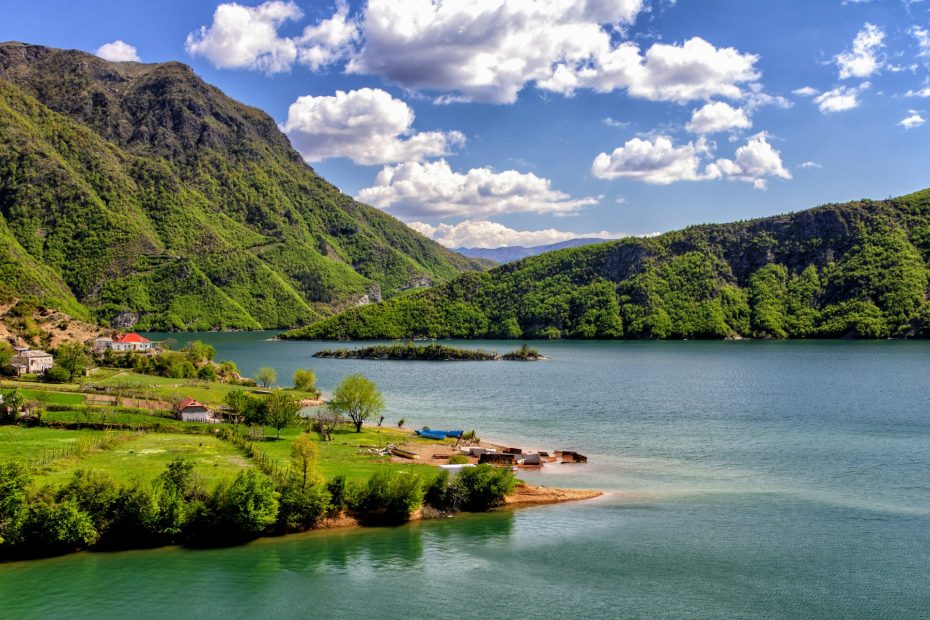
Today, Albania is known for its stunning coastline along the Adriatic and Ionian Seas, offering pristine beaches and clear waters. The capital city, Tirana, provides a mix of historical sites and modern amenities without overwhelming crowds. Additionally, various UNESCO World Heritage sites like Gjirokastër showcase well-preserved examples of Ottoman architecture, making Albania a destination worth exploring.
2. Argentina (Silver)
Argentina’s name traces back to early European explorers attracted by tales of vast silver mountains in South America. The word ‘Argentina’ comes from ‘Argentum’, Latin for silver. This naming reflects aspiration and legend, capturing imaginations with promises of prosperity and wealth. The early Spanish conquistadors believed that this land held an abundance of silver, eventually naming the Río de la Plata (Silver River) and Argentina itself.
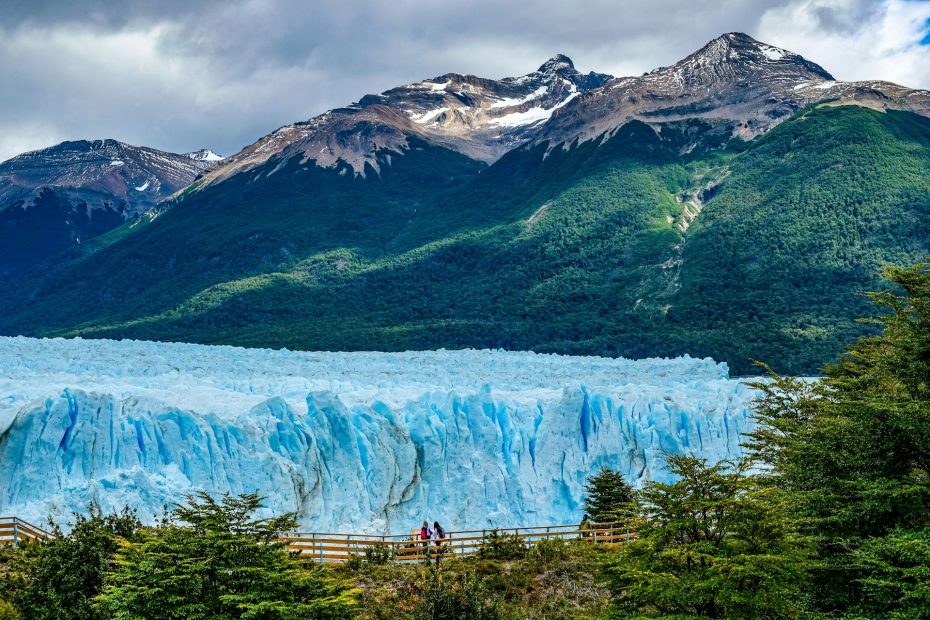
As for travel attractions, Argentina offers much to explore. Its capital, Buenos Aires, pulsates with life through tango music, bustling marketplaces, and an unparalleled dining scene. For nature enthusiasts, La Patagonia presents stunning landscapes with its glaciers and mountain ranges. Another must-see location is Iguazu Falls on the border with Brazil—an awe-inspiring natural wonder comprised of 275 distinct cascades.
3. Belarus (White)
Belarus means “White Rus” or “White Ruthenia.” The name’s origin is debated, but it’s widely thought to refer to the old Slavic group that lived in the region. The “white” in the name could mean their fair skin or symbolize purity and independence.
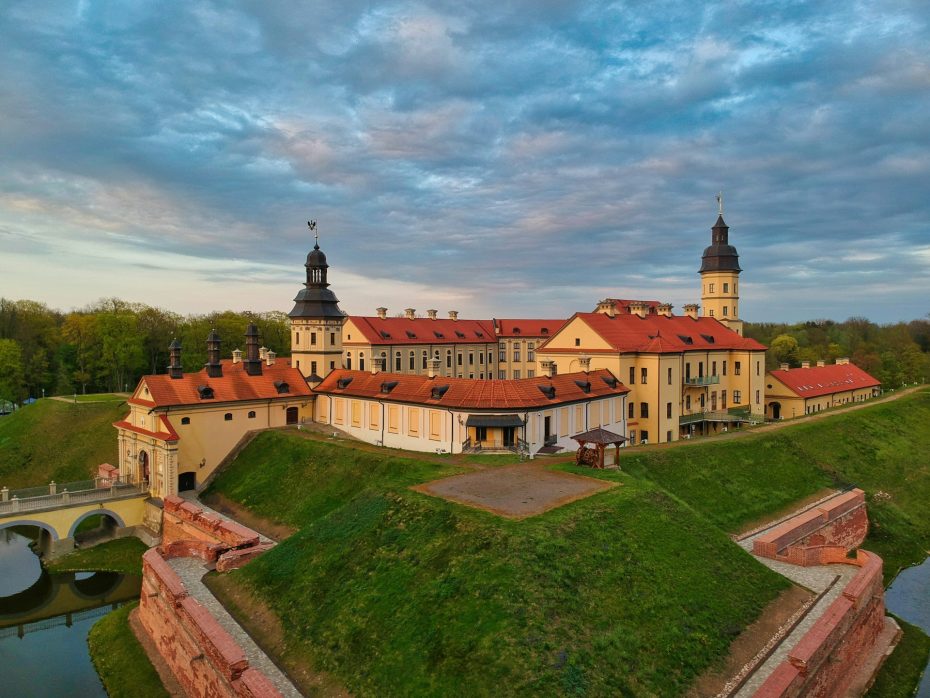
If you venture to visit Belarus, a must-visit spot is the Brest Hero Fortress, known for its role in World War II. Minsk, the capital city, offers a mix of Soviet and modern architecture. Nature lovers would enjoy Belovezhskaya Pushcha National Park, home to European bison. Finally, the Mir Castle Complex and Nesvizh Castle are UNESCO World Heritage Sites worth exploring for their historical and architectural significance.
4. Greenland (Green)
While it’s not a fully independent country, Greenland, a vast island located in the North Atlantic, derived its name from the Old Norse word “Gruntland,” meaning, you guessed it, Green Land. Erik the Red, a Norse explorer (comically also named after a color), is believed to have given the island its colorful name to entice settlers to move there despite its ice-capped environment in what was probably one of the earliest examples of deceptive travel marketing campaigns in history!
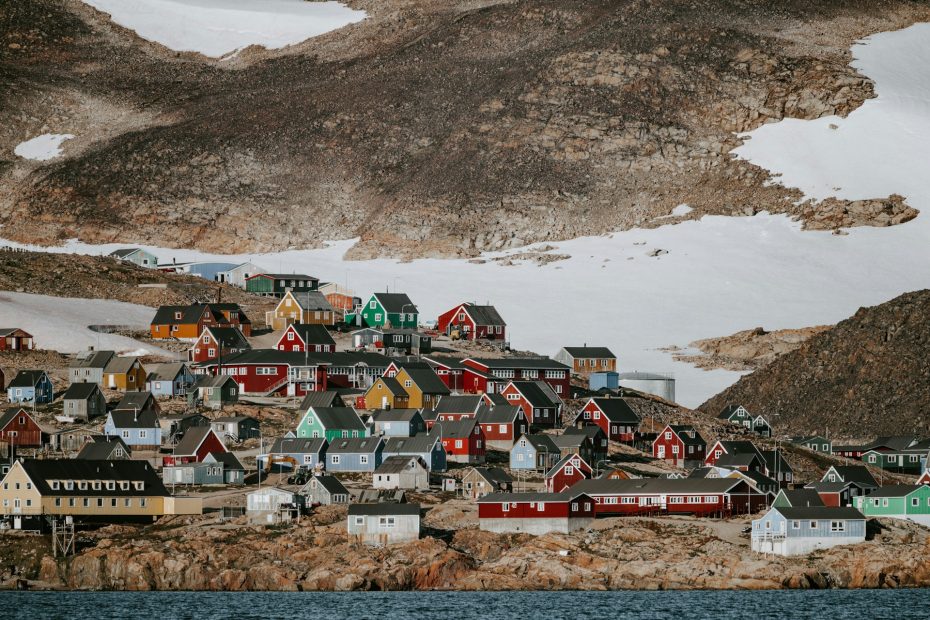
However, you should still visit Greenland for several reasons. One is to witness the astounding beauty of its massive ice cap covering 80% of the island. Adventurous travelers can go dog sledding and explore glaciers up close, while others can enjoy whale watching in the fjords or relaxing in natural hot springs. Another reason to visit Greenland is to explore its rich Inuit culture. Furthermore, Greenland offers exceptional opportunities to view the Northern Lights, making it a must-see destination for those mesmerized by this natural phenomenon.
5. Cape Verde (Green)
Cape Verde, also known as Cabo Verde, derives its name from the Portuguese words for “Green Cape.” When Portuguese explorers settled the islands in the 15th century, they named them after the nearby Cap-Vert peninsula on the Senegalese coast.
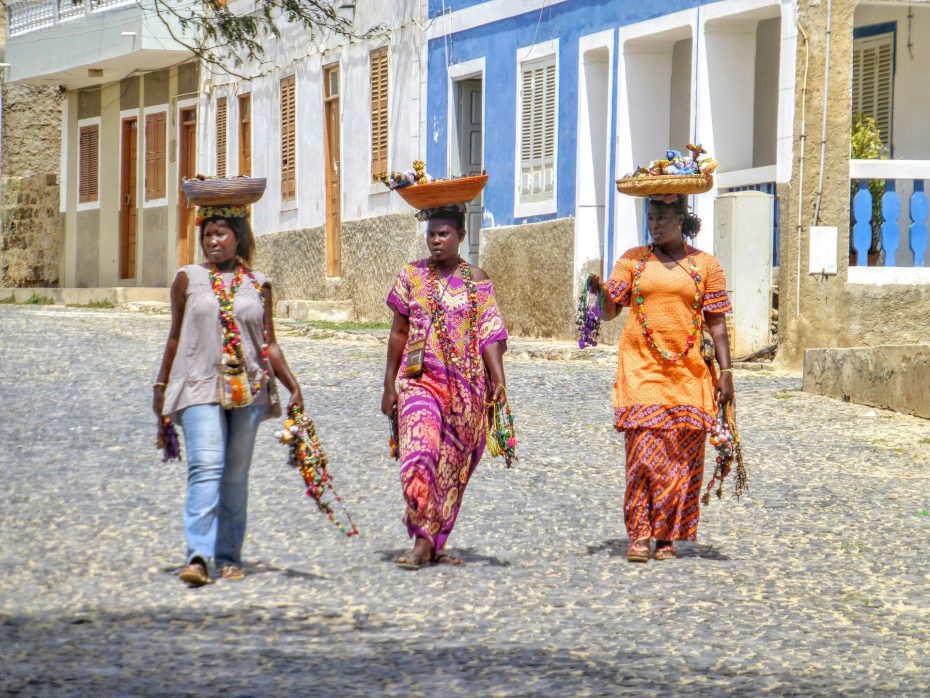
Cape Verde offers stunning beaches for relaxation and water activities like snorkeling and windsurfing. Islands such as Sal and Boa Vista are particularly popular for their clear waters and sandy shores. The island of Santo Antão provides excellent hiking opportunities through lush valleys and scenic mountains. Fogo Island, with its active volcano, offers adventurous trekking experiences. For cultural experiences, the town of Mindelo on São Vicente hosts vibrant music scenes influenced by African and Portuguese traditions.
6. The Guineas (Black)
Several countries around the world are named after colors, and the Guineas in West Africa are notable examples. The term “Guinea” traces its etymology to the Berber language, meaning “Land of Black People.” The Portuguese used this term and later applied it to several regions in Africa. There are three countries named Guinea in Africa: Guinea, Guinea-Bissau, and Equatorial Guinea. Furthermore, there’s Papua New Guinea in the Pacific.
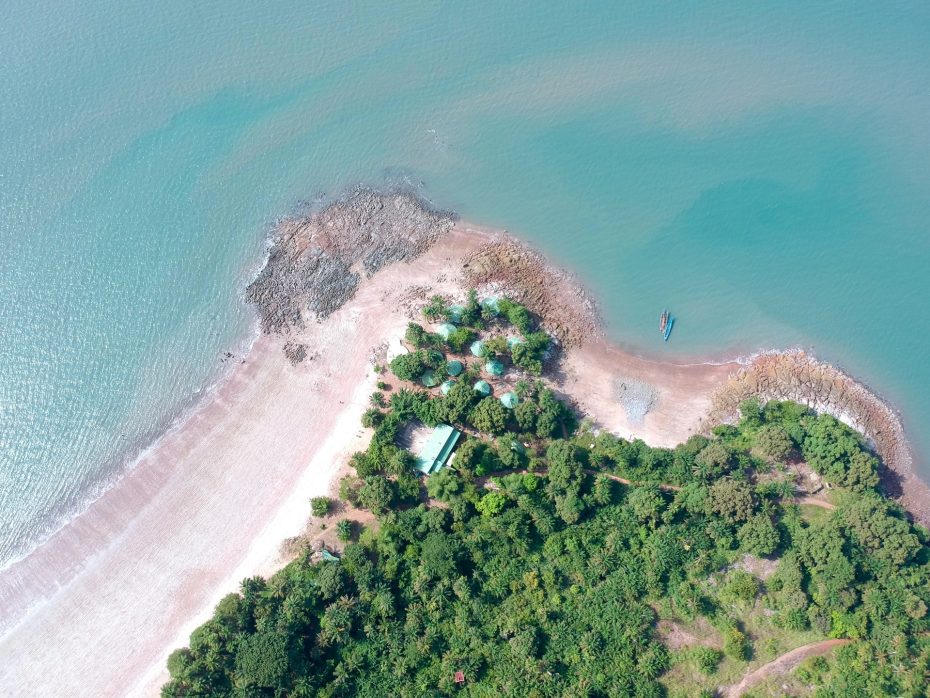
Guinea is known for its stunning natural scenery, including the Fouta Djallon highlands and Mount Nimba. It boasts rich cultural traditions and is a significant producer of bauxite. Guinea-Bissau offers unique attractions like the Bijagós Archipelago, where visitors can explore beautiful beaches and observe diverse wildlife. The city of Bissau features colonial architecture and lively markets. Equatorial Guinea has beautiful coastlines on both the mainland and islands like Bioko. The capital city, Malabo, with its Spanish colonial buildings, offers a mix of cultural sights.
These countries tempt travelers with their natural beauty, historical attractions, and vibrant cultures.
7. Kosovo (Black)
Kosovo, a territory in Southeastern Europe, derives its name from the Serbian word “kos,” which means “blackbird.” This etymology reflects the nation’s rich natural landscape where these birds are commonly found.
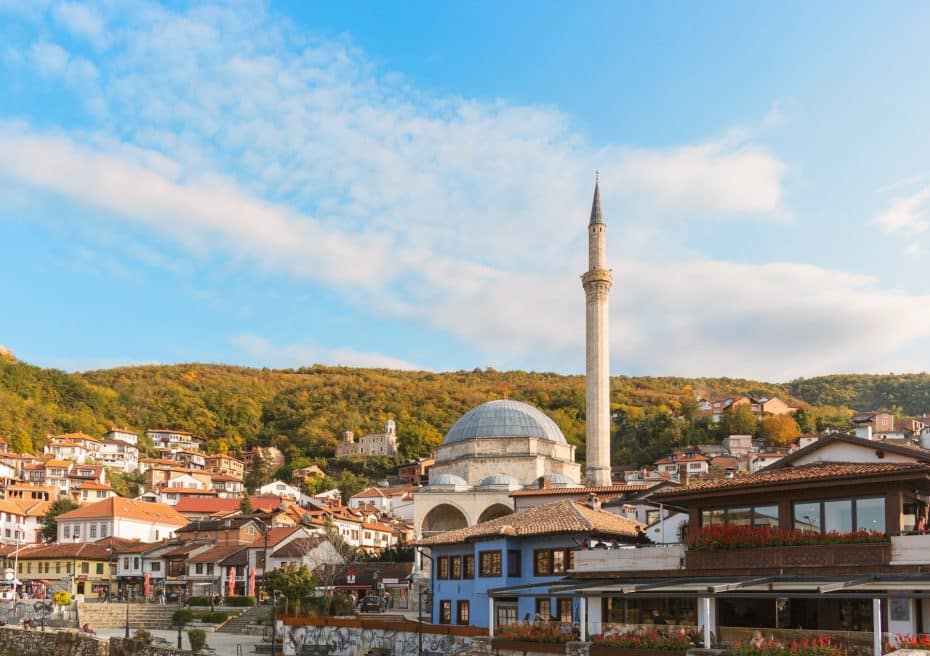
Kosovo is known for its cultural heritage. The capital, Pristina, features landmarks like the Newborn Monument and the Ethnological Museum, which provide insights into the region’s history. The picturesque Rugova Canyon offers hiking opportunities amidst rugged cliffs and serene waterfalls. The medieval monasteries of Peć and Gračanica display exquisite Byzantine architecture and frescoes, making them must-see spots for history enthusiasts. Meanwhile, the city of Prizren charms visitors with its Ottoman-era buildings, vibrant bazaar, and riverside restaurants offering local cuisine.
8. Lebanon (White)
Often overlooked in discussions about color-themed country names, Lebanon derives its name from the Semitic root “lbn,” which means “white.” This is in reference to the snow-capped peaks of the Lebanon Mountains. And while it may sound somewhat similar to Libya, Lybia’s name originates from the Berber term for a specific group of poeople.
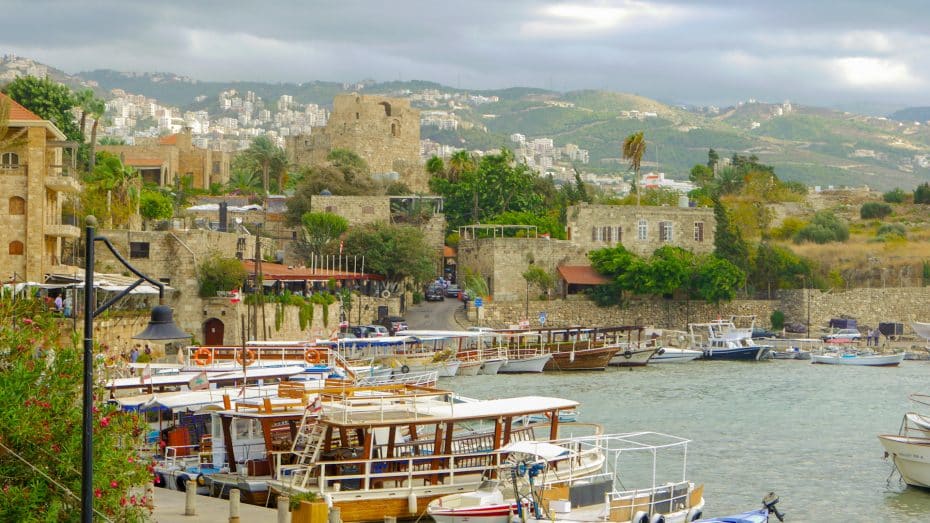
Travelers may be interested in visiting Lebanon for its rich cultural heritage and diverse attractions. Among these are the ancient Roman ruins of Baalbek, and the vibrant nightlife of Beirut. Those looking to explore natural landscapes can visit the stunning Jeita Grotto or relax on the shores of Tyre’s beaches. Additionally, Lebanon offers a variety of museums that provide insight into its complex history and traditions.
9. Montenegro (Black)
While many recognize Montenegro for its stunning Adriatic coastline and rugged mountains, few are aware that the country’s name translates to “Black Mountain” from Italian (“Monte” meaning mountain and “Negro” meaning black). Interestingly, in local Montenegrin, the country is known as “Crna Gora,” which also means “Black Mountain.”
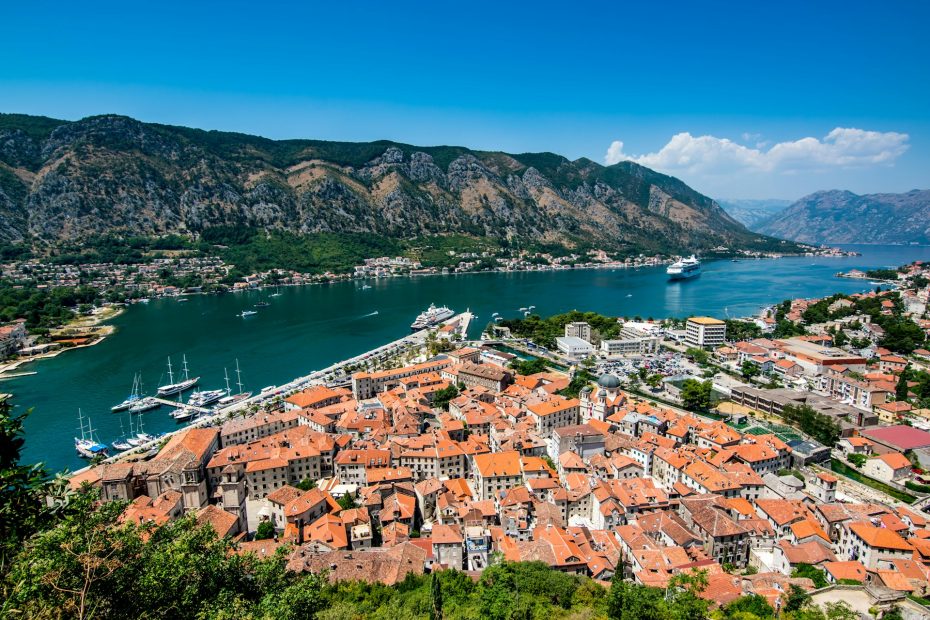
This Balkan country boasts stunning natural landscapes, from the beaches of the Adriatic coast to mountainous national parks. Notable destinations include the Bay of Kotor, a serene bay surrounded by historic towns; Durmitor National Park, home to Tara River Canyon and ideal for outdoor activities like hiking and rafting; and Sveti Stefan, a picturesque islet turned luxury resort. Visitors can explore cobbled streets, medieval architecture, and vibrant local culture, highlighting Montenegro’s unique character and beauty.
In case you missed it…
10. Niger & Nigeria (Black)
The names “Nigeria” and “Niger” both originate from the Latin word “niger,” meaning black. This etymology is linked to the River Niger, which was named because of the dark-colored soil along its banks. Interestingly, despite their shared root, each word has a different pronunciation. Nigeria’s is pronounced /naɪˈdʒɪəriə/, influenced by English phonetics. In contrast, Niger is pronounced /niːˈʒɛər/, reflecting its former status as a French colony. Kind of like a Kansas vs Arkansas situation, but on African soil.
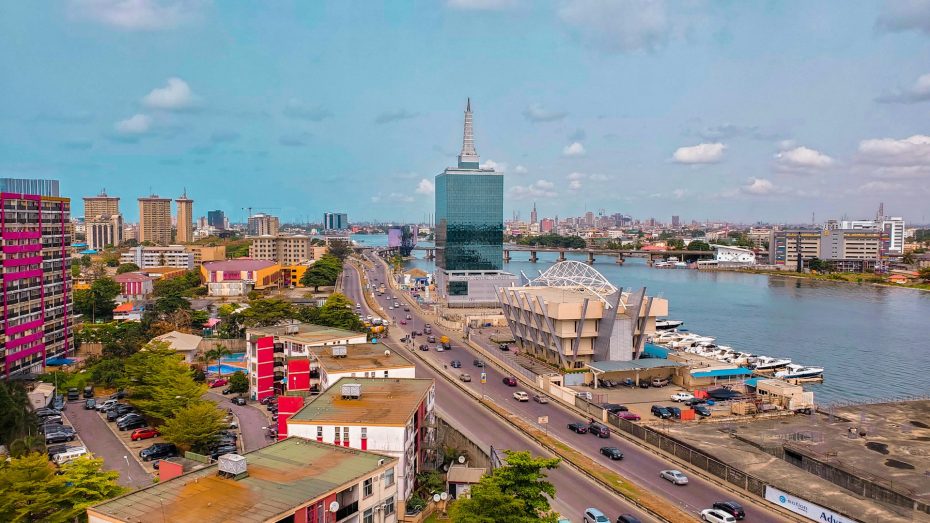
Niger is known for its vast desert landscapes and historical sites like the ancient city of Agadez, famous for its mosque built of clay. W National Park offers opportunities to see wildlife, including elephants and hippos. The Air Mountains and Tenere Desert provide striking natural beauty for adventurers. On the other hand, Nigeria, the most populous country in Africa, is celebrated for its vibrant culture and bustling cities like Lagos and Abuja. The Zuma Rock near Abuja is an iconic monolith. Nigeria is also famous for Yankari National Park, which is known for its warm springs and diverse wildlife. Additionally, Idanre Hills offers panoramic views and ancient mystical sites that attract many visitors interested in cultural history and nature.
12. Saint Kitts and Nevis
Saint Kitts and Nevis, officially the Federation of Saint Christopher and Nevis, has an interesting connection to colors. The name “Nevis” is derived from the Spanish word nieve, which means snow. Interestingly, the island doesn’t get snow; rather, it’s “snow-like” because of the cloud-capped mountain at its center.
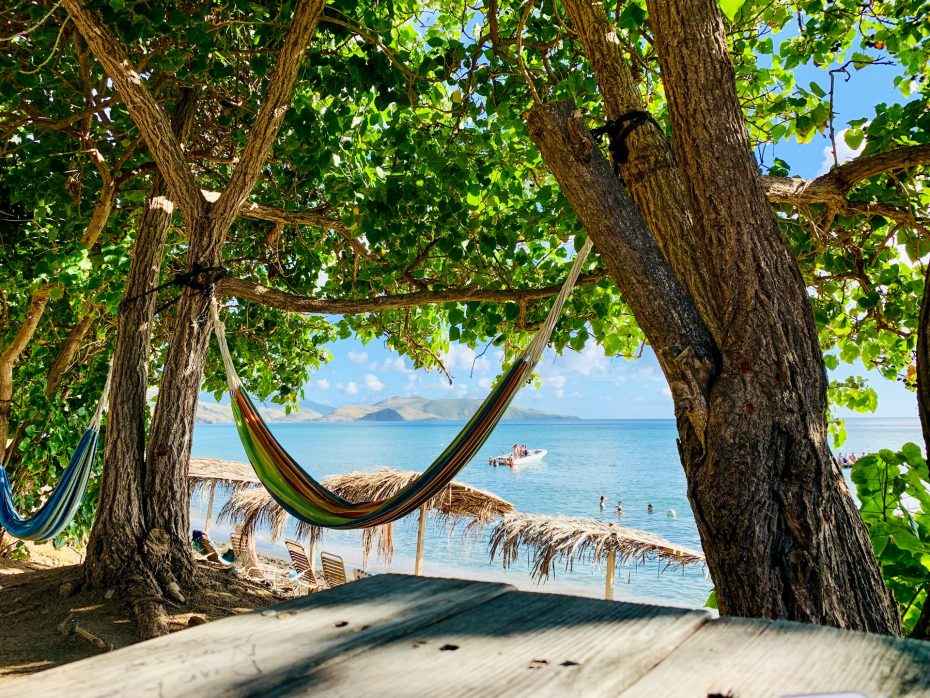
Interestingly, the islands, located in the Caribbean, are truly paradisiac. Saint Kitts is known for Brimstone Hill Fortress National Park, a UNESCO World Heritage site that delves into the island’s colonial past. Visitors often explore the scenic railway for panoramic views of the coastline. Nevis, smaller and quieter, is famous for its beautiful beaches like Pinney’s Beach and historical sites such as the birthplace of Alexander Hamilton. Both islands feature lush landscapes with rainforests and volcanic peaks, making them attractive destinations for hiking and nature exploration. The clear waters surrounding the islands are ideal for snorkeling and diving.
13. Sudan & South Sudan
Sudan and South Sudan derive their names from the Arabic “Bilad al-Sudan,” meaning “Land of the Blacks.” This term was historically used to describe the regions south of the Sahara Desert, highlighting the dark skin of the local people.

Sudan’s capital, Khartoum, is famous for its landmarks, such as the confluence of the Blue and White Nile rivers and the historical Omdurman market. Meanwhile, South Sudan offers natural beauty, with places like Boma National Park and Nimule National Park showcasing diverse wildlife and scenic views.
14. Tanzania
Tanzania, partially named due to Zanzibar, has an interesting etymology. “Tan” derives from Tanganyika, the mainland part of the country. “Zan” comes from Zanzibar, an island off its coast associated with the Persian word “zangi,” meaning “black”. Meanwhile, “ia” is a common suffix for countries everywhere.
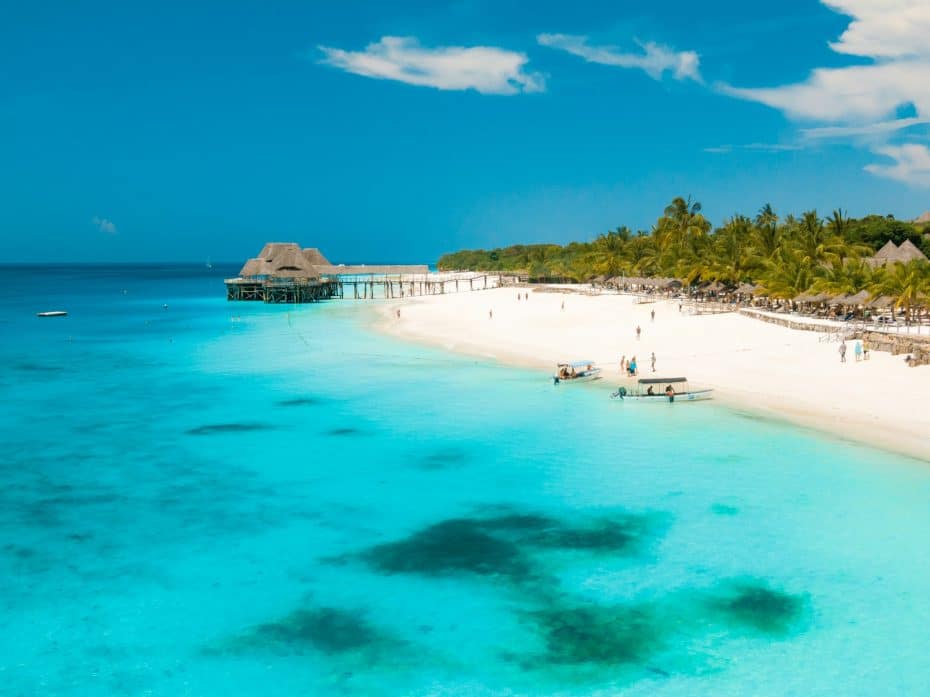
Furthermore, Tanzania offers many attractions for travelers. Serengeti National Park is known for its wildlife and annual migration of wildebeest and zebras. Mount Kilimanjaro, Africa’s highest peak, draws hikers and adventurers from around the globe. Zanzibar boasts beautiful beaches and historic Stone Town, a cultural site. The Ngorongoro Crater provides stunning landscapes and rich biodiversity.



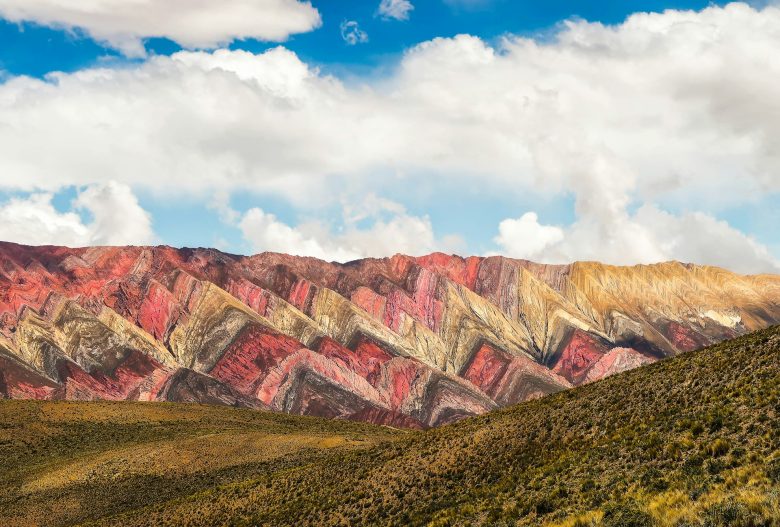



















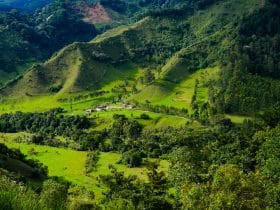
Leave a Reply
View Comments